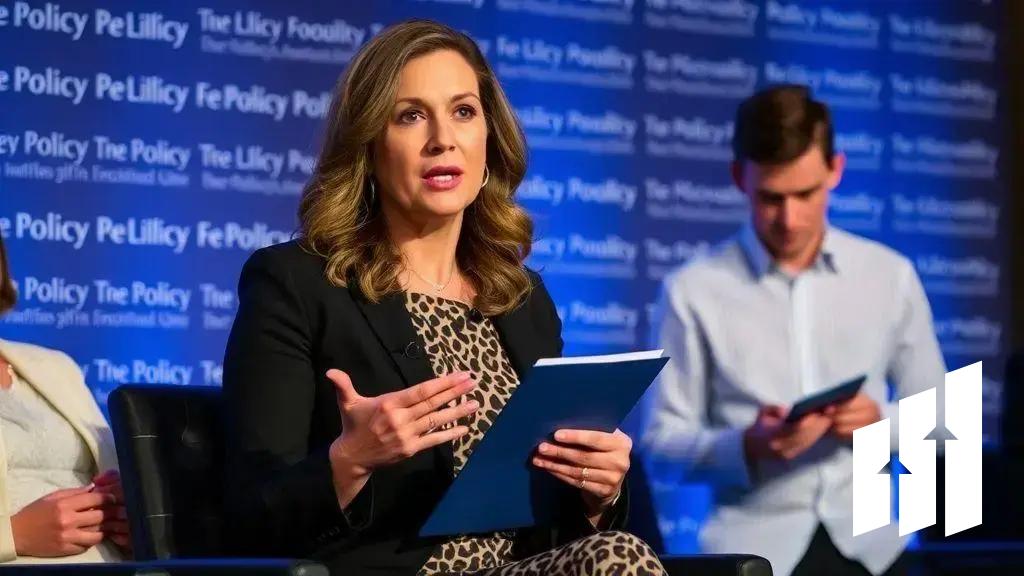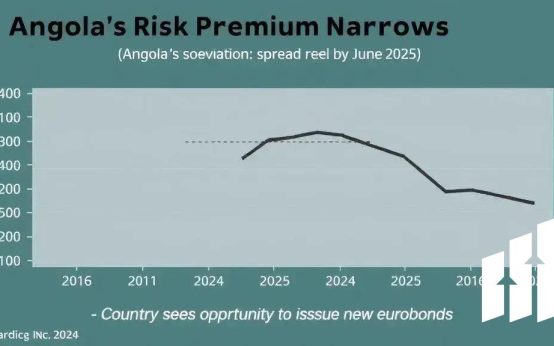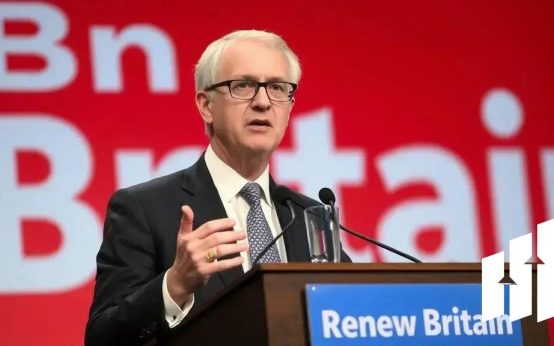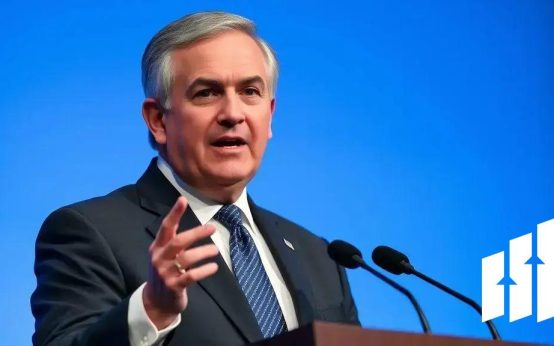The Federal Reserve’s strategy of maintaining a minimal balance sheet is crucial for effective monetary policy. This approach helps to manage economic stability by keeping assets low, which minimizes risks and avoids market distortions. By focusing on a leaner balance sheet, the Fed aims to control inflation, potentially lower interest rates, and enhance overall economic growth while ensuring that monetary policy remains clear and understandable.
The future of monetary policy revolves around creating a minimal balance sheet. This means the Federal Reserve wants to keep its assets low but effective. The goal is to manage economic stability while ensuring resources aren’t wasted.
Why a Minimal Balance Sheet Matters
A minimal balance sheet can help prevent overreach by the central bank. It ensures that the Federal Reserve’s actions don’t distort the economy. Lower assets can also reduce risks and make monetary policy clearer.
Cuts in Asset Purchases
The Fed is considering cutting back on asset purchases. This approach keeps the balance sheet smaller. With fewer assets, the Fed can focus on managing interest rates better. This also helps maintain market confidence.
Balancing Scarcity and Supply
It’s important to balance scarcity with the need for liquidity. By having a lean balance sheet, the Fed can spark growth but also keep inflation in check. This careful balancing act is crucial for long-term economic health.
What This Means for the Economy
A minimal balance sheet could lead to lower interest rates, benefiting borrowers. However, it’s also vital for the Fed to communicate its strategies clearly. This communication ensures that markets understand the direction of monetary policy.
Keeping the balance sheet minimal might seem risky but it’s an essential strategy for efficient management of the economy’s monetary side. By staying focused on core principles, the Fed aims for a stable and sustainable economic environment.
Conclusion
In conclusion, a minimal balance sheet approach from the Federal Reserve is aimed at improving economic stability and efficiency. By keeping assets low, the Fed can respond better to changes while guiding monetary policy clearly. This strategy helps control inflation and ensures that financial markets have confidence in the Fed’s actions.
Moreover, the balance between scarcity and supply is essential for sustainable growth. A well-managed balance sheet can benefit borrowers by potentially lowering interest rates. Ultimately, understanding the implications of these strategies is crucial for everyone involved in the economy. As we move forward, it’s important to stay informed about how these changes can impact our financial futures.
FAQ – Frequently Asked Questions about Minimal Balance Sheets and Monetary Policy
What is a minimal balance sheet?
A minimal balance sheet is a strategy where the Federal Reserve keeps its assets low while still effectively managing the economy.
Why does the Federal Reserve want a smaller balance sheet?
A smaller balance sheet helps prevent overreach, keeps monetary policy clear, and reduces risks in economic management.
How can this strategy impact interest rates?
By maintaining a minimal balance sheet, the Fed may lower interest rates, which can benefit borrowers and stimulate economic growth.
What are the risks of a minimal balance sheet?
While it can lead to stability, there are risks like inadequate liquidity, which can hinder the Fed’s ability to respond to economic changes.
How does this approach affect inflation control?
A minimal balance sheet helps the Fed manage resources effectively, allowing it to keep inflation in check while promoting growth.
What should investors know about this monetary policy strategy?
Investors should stay informed about the Fed’s actions, as a minimal balance sheet can lead to changes in market confidence and investment strategies.


 Miran Highlights Dual Goals of Fed and Interest Rate Outlook
Miran Highlights Dual Goals of Fed and Interest Rate Outlook  Are You a Robot? Unusual Activity Detected on Bloomberg
Are You a Robot? Unusual Activity Detected on Bloomberg  Keir Starmer Leads Business Delegation to India for Trade Pact
Keir Starmer Leads Business Delegation to India for Trade Pact  Takaichi Appoints Ex-Finance Minister as Secretary General of LDP
Takaichi Appoints Ex-Finance Minister as Secretary General of LDP  Argentina Continues Dollar Sales Amid Weakened Peso Crisis
Argentina Continues Dollar Sales Amid Weakened Peso Crisis  White House Calls on Democrats to Resolve Ongoing Government Shutdown
White House Calls on Democrats to Resolve Ongoing Government Shutdown